
Isn’t there a law against that?
2nd October 2017
Be Prepared
24th January 2018There is no such thing as reality
Happy New Year! A purely human arbitrary concept, chosen in the past by our ancestors, it doesn’t correspond with an annual astronomical event of any importance that dictates when New Year’s Day should be. In reality, it is only 365 and a bit days after the last time we, in the West, set the daily counter to 1. Other cultures choose other dates. Our ancestors could easily have chosen any other day in the year. Perhaps we should wish each other a happy New Day every day instead.
Really! There is no such thing as reality
I really enjoy challenging what we perceive. Our perceptions are not reality, they are all a contrivance of our brains. Interpreted partly from the data sent along the optic nerve, much of what we think we see is actually invented in our minds. We use more stored information to create the world around us than what our eyes detect; what we already know about the world contaminates everything we see. We also perceive the world half a second after events occur. What we think we see is not reality at all.

Our anatomy and memories trick us too
Furthermore, our eyes’ construction is limiting. Detecting only a very small part of the electromagnetic spectrum, most light we cannot see. Also, the structure of our eyes are as unique as fingerprints. How you see the world may be quite dissimilar from how I see it.
Like old, fading photographs, memories blur over time too. Suggestions change what we recall and other events intermingle with what we remember. There is no absolute truth in what we remember seeing.
Photographs distort reality
Can we apply this same fluidity to reality when creating a photograph? We do it all of the time, often unintentionally. When viewing pictures, we subject them to the same filtering and corruption by our eyes and brain as when we view the rest of the world. Furthermore, the photograph itself is not reality, just an interpretation of it.
A telephoto lens can make the sun seem huge in a frame. A fifteen-second exposure smooths out water and makes flashing beacons appear to be lit all at the same time. This is not how it appeared to me standing there taking the shot.
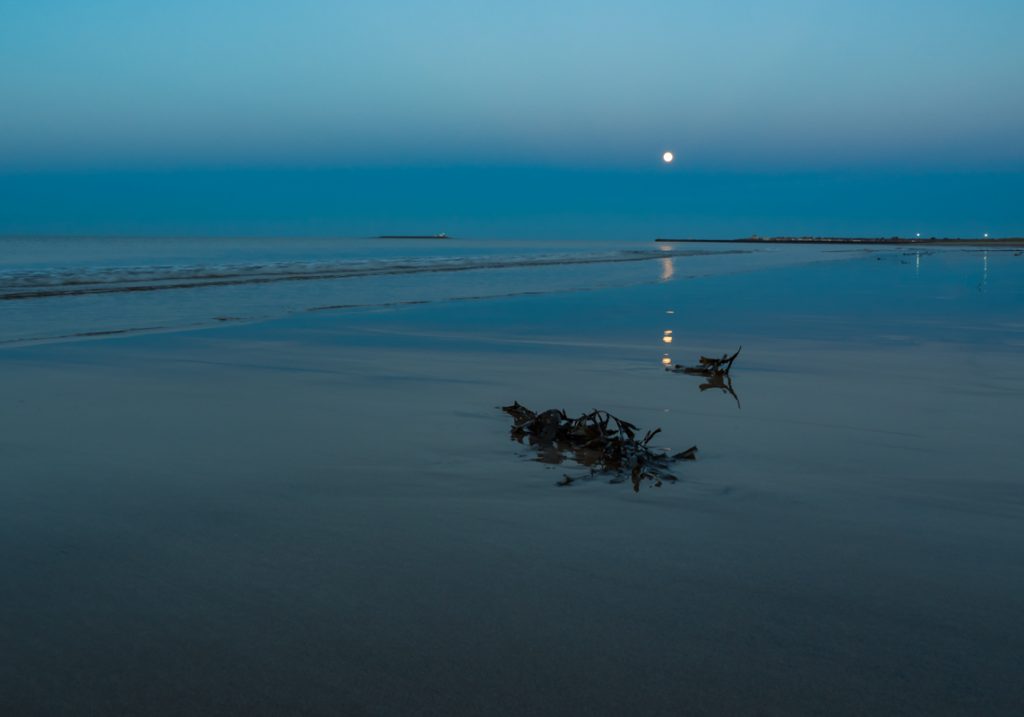
Good Moon A Risin’
JPEG vs Raw
Your camera’s internal computer processes raw data from its sensor. If it is set to take JPEGs then the processor will be pre-programmed – probably by a technician on the other side of the world – how the picture should look. If you apply a digital filter in camera, the processor alters the data. Applying differing luminosities to the millions of red, green and blue coloured pixels making up your image, the camera then adjusts them according to whatever filter you choose.
Throwing away the redundant data in a process called compression, the camera records one usable, shareable and widely compatible JPEG file onto the memory card. All modern cameras can produce great results in this way.
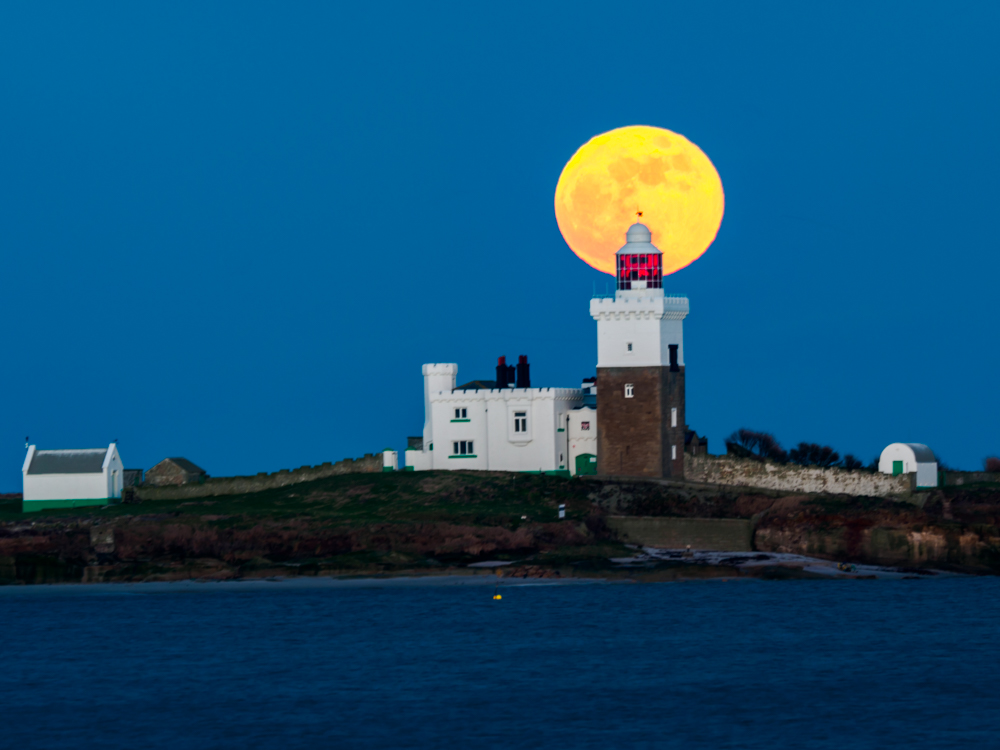
The camera always lies
A talented photographer I know takes amazing photos. Setting to record only JPEGs, her finished images straight from the camera look great, almost every one a wall-hanger. Her work-flow takes me back to my youth, entrusting my rolls of Kodachrome to a local laboratory to develop, process and print. Her methodology emphasises the importance of getting the composition and exposure just right.
Another option is ‘shooting raw’. The camera records the all raw data from the sensor into a file on the memory card without any processing. That gives more versatility. It lets you make the adjustments instead of the camera. Raw file developing, using tools like Lightroom or On1 Photo Raw, is non-destructive; anything you do to the file can be undone. Nothing is thrown away or lost as it is with a compressed JPEG. Akin to creating prints from a film negative, you can produce any number of different-looking JPEGs from that raw file without damaging the original.
Each result is your interpretation of reality. Every one is different. Yet, none of them a true or complete record of the event.
Although more versatile, shooting raw has its disadvantages. File sizes are larger and raw file previews are not universally compatible.
Changing reality: to edit or not to edit
There is a school of thought that a photo should always be untouched and a direct record of what was seen when it was taken. For reportage, I agree; the picture must be an honest representation as possible. News photographers – quite rightly – lose their reputations for editing pictures to deliberately mislead.
In portraiture and art shots, I have no qualms about removing a spot from a face or adding blur to soften wrinkles. In most photography, we are trying to create something aesthetically pleasing. If a lamppost detracts from a landscape I can’t physically remove it as I do litter. Is there anything wrong with deleting it using a computer to make a stronger composition? After all, our brains do it all the time.
When photos are changed…
For me, creating photographic art is very different from just recording an event. I do my best to remove a distracting object that would otherwise spoil the shot; I’ll pick up litter and put in the bin when making the photo and compose the shot to exclude distractions. In the below photo it was a lamppost that unbalanced the shot. There was no way I could fix it while shooting, so I removed it with digital editing.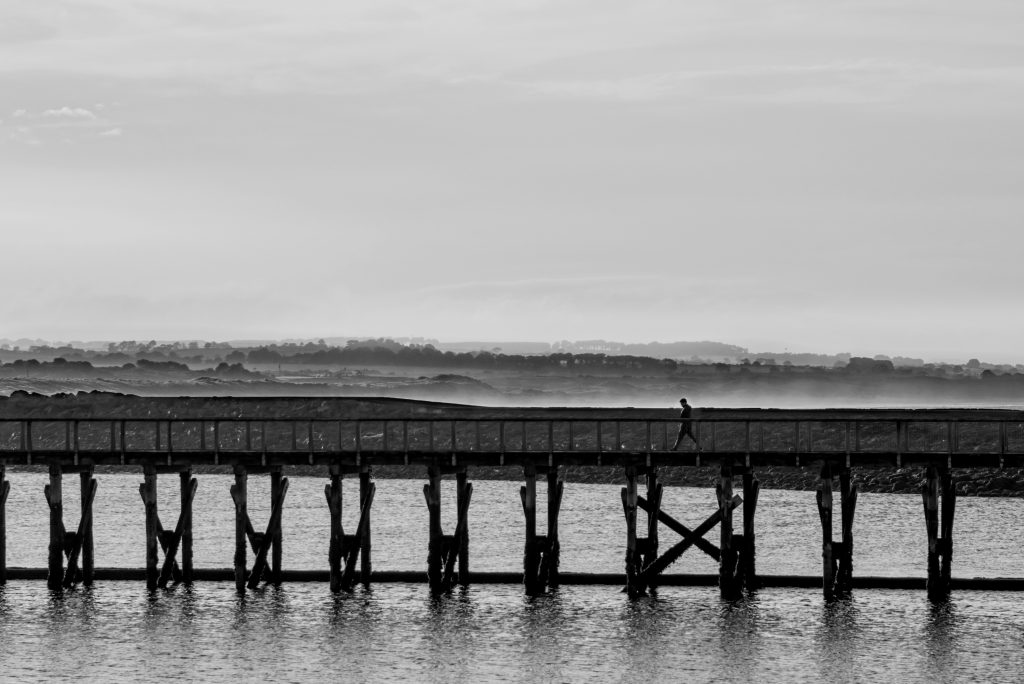
It’s art, it doesn’t matter that I have changed it. Saying that, it isn’t something I often do, using the clone or other editing tools; I rather get the image right in camera. But, the above image is far stronger with the lamppost removed. It doesn’t hurt anyone by my removal of it and I am not deceiving anyone by doing so.
I could crop the image above to exclude the lamppost or used a longer lens as I did in the following shot. But, would that loose the feeling of isolation? I think so.
… they become art.
When creating a photograph, unless using a lens of the same focal length and depth of field as our eyes, we step further away from our usual perception of reality. Maybe, that is why we like unusual angles, very short and very long exposures, hyper-real imagery and high-contrast monochrome in our photography. By seeing the world in a new and unusual way that our eyes and brain cannot perceive, it looks new and unusual.
It’s that difference that can make a photograph compelling. It’s what makes it art.

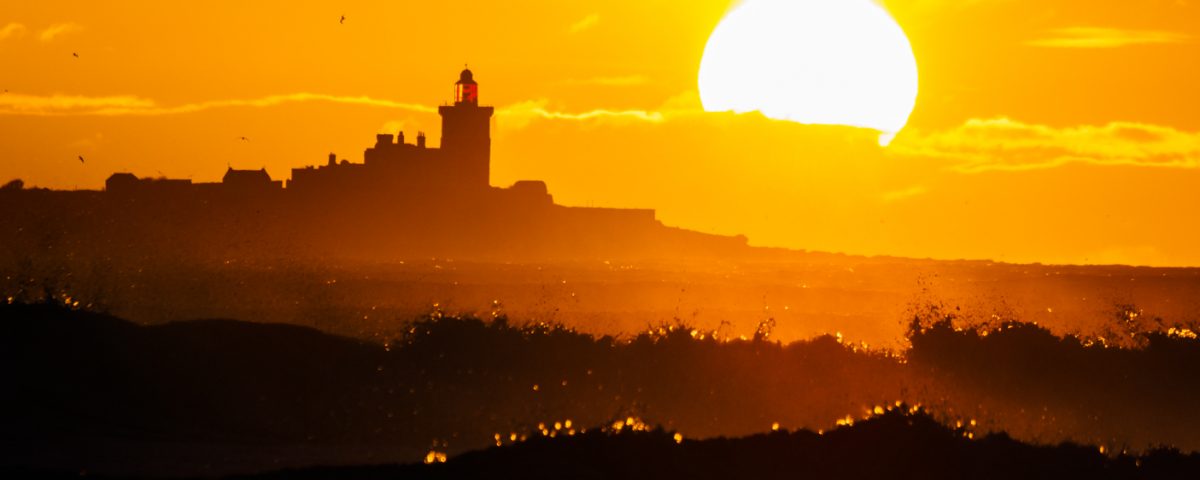
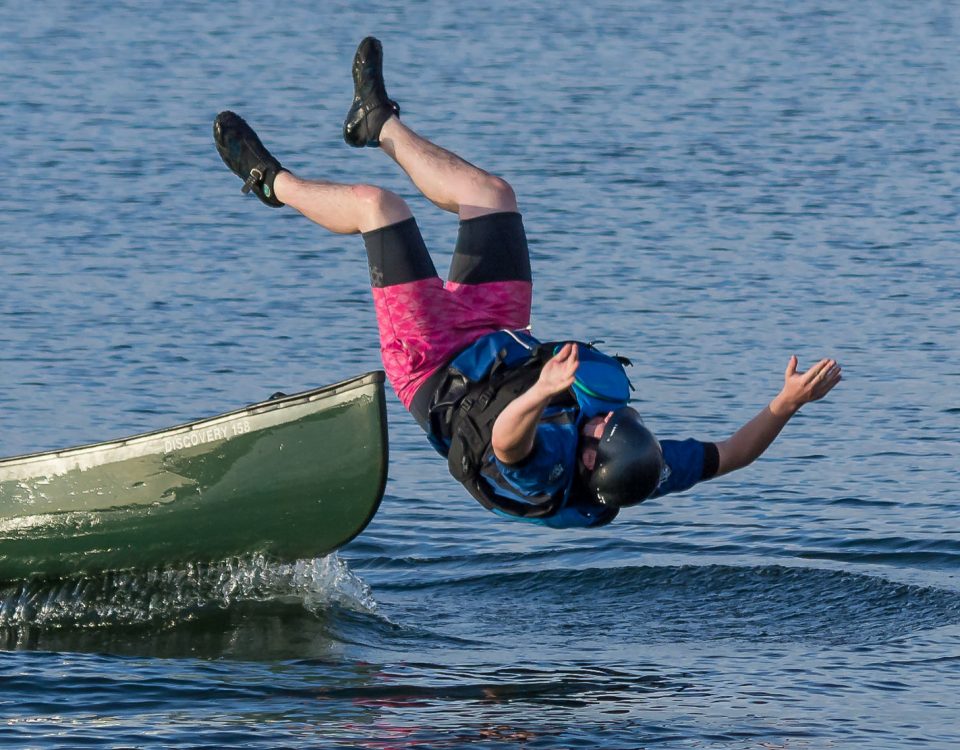
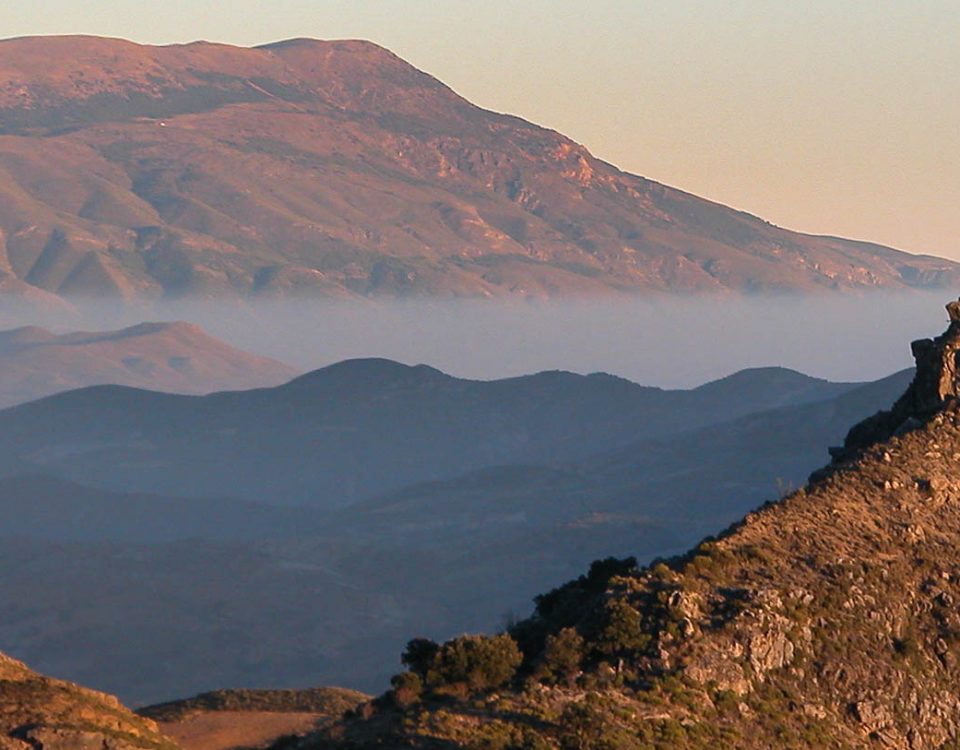
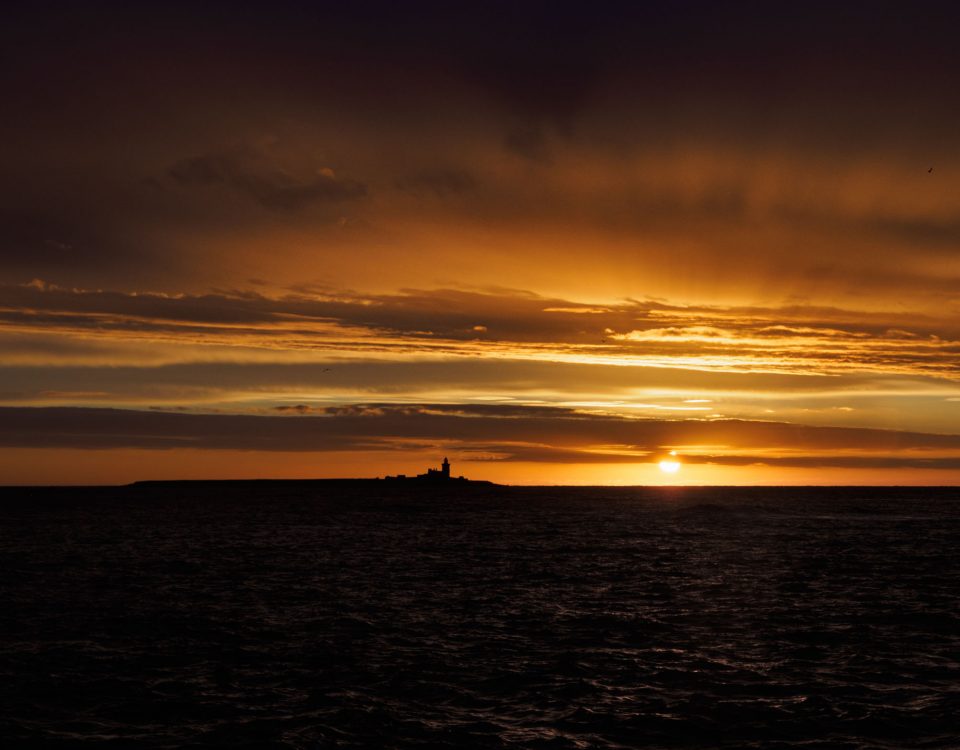
2 Comments
Food for thought but then I always over eat this time of year or if you are right – No I Don’t. Too Phisylogical for a simple Antepodean.